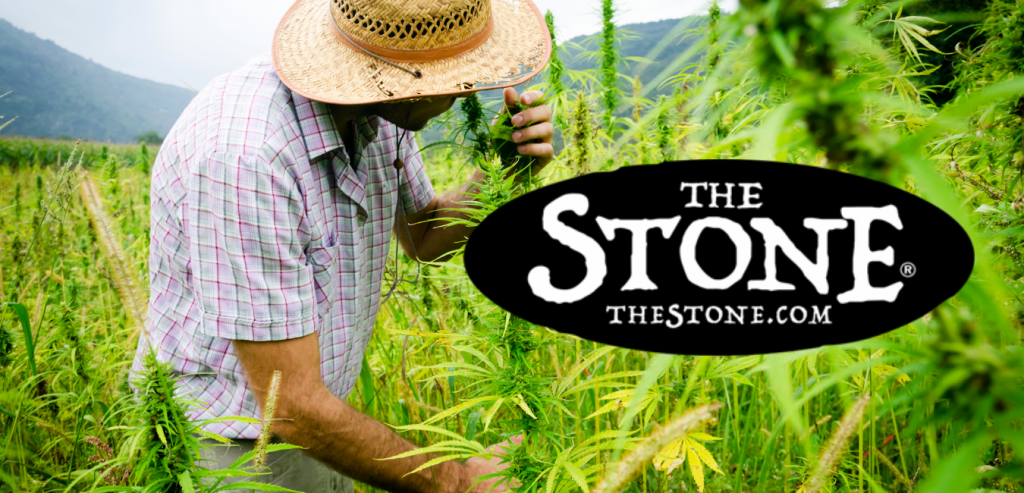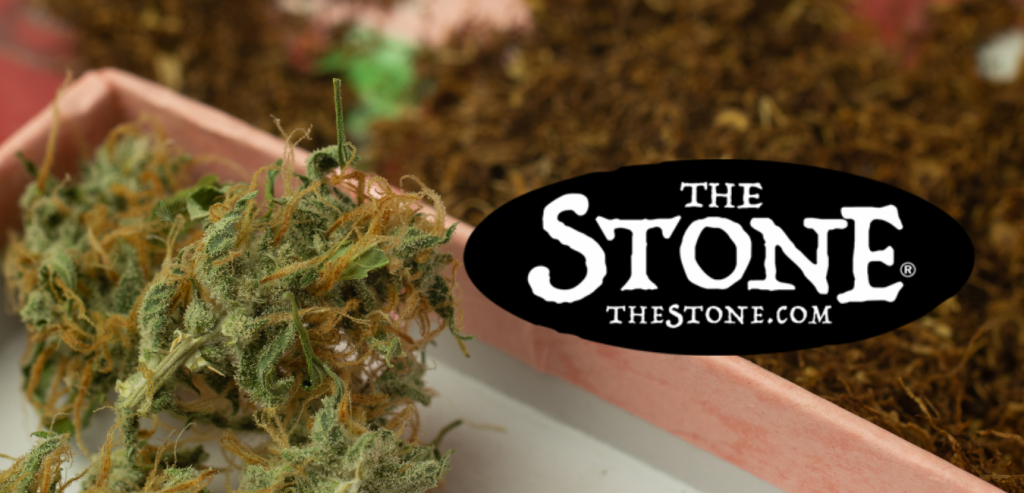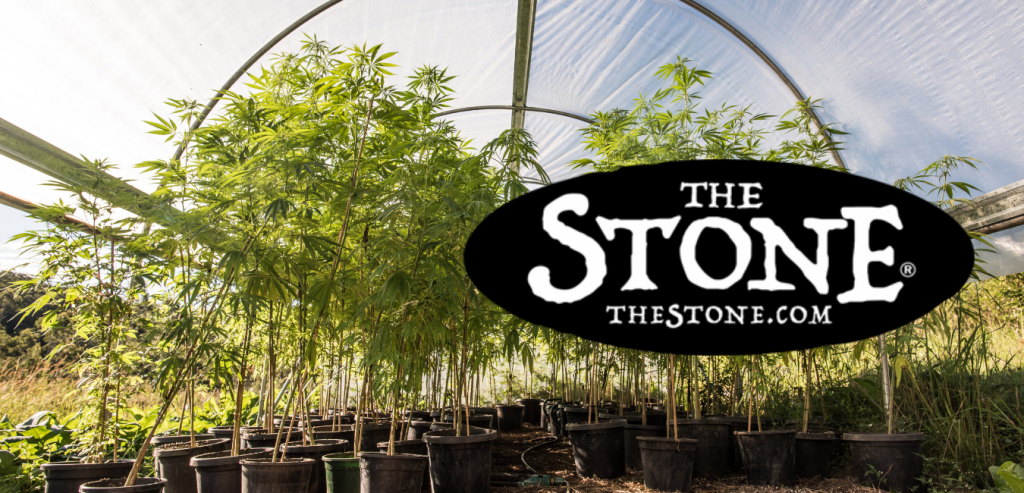
This website is for users aged 21 and over. Please confirm your age.

Why use reverse osmosis water for growing cannabis? Did you know that the H2O that comes out of your tap is not suitable for growing marijuana in most cities?
To begin with, city water contains chlorine to kill bacteria and other microorganisms. At the very least, this makes your plants taste horrible. In addition, chlorine has been known to damage certain types of roots, especially delicate white root hairs.
Now, I’m not saying that you shouldn’t drink chlorine H2O. You can make it work with the right conditions. However, de-chlorinated is undoubtedly recommended if you want to grow killer weed.
Another problem with city water is fluoride. Yes! Cities put chlorine in their supplies, but they also put fluoride in their water supplies. You can’t see it, and you might not taste it, but there’s fluoride in the stuff that comes out of your tap!
Reverse osmosis (RO) is an effective method for removing chlorine and fluoride. At the same time, RO also filters out just about every other chemical and particle in the water except for H2O molecules.

Suppose you’re considering buying a reverse osmosis system. You might also want to consider this: The membrane used in RO filters will eventually clog with particles and therefore reduce its ability to filter out contaminants. Of course, this depends on how much you use it, but the rule of thumb is that you should replace your membrane every dozen years or 2,000 gallons.
If you’re looking to save money, there are alternatives that I’ll go over in another article. Nevertheless, if you want clean H2O for growing weeds, read on.
There are several ways to get reverse osmosis H2O. The first way is to buy a RO system for your home, but these can be expensive and time-consuming if you want to clean large quantities of H2O. If you already have one, then great! Go ahead and use it.
The Water Wand is a hand-held device that allows you to “wand” your tap water and drink it without taking in pollution from the environment or chemicals from your pipes. In other words, you can use it to test H2O from your tap and make sure that the H2O you put in your RO system is clean.
In addition, you can connect a hose directly to the Water Wand and pour purified water into exposed soil without using a bucket. This allows the plant to drink as much as it wants and doesn’t waste any water near the roots.

You don’t have to go out and buy a reverse osmosis system, but you should still think twice before filling up your watering can from the kitchen sink. If you want clean, filtered RO H2O that will make your plants grow, check out the Water Wand.
If you want to read more about growing cannabis, check out my article here, where I talk about how to supplement for faster growth and bigger yields! Thank you for reading this article. Please leave a comment below if you have any questions! I love hearing from you all. Have a great day, and remember to stay positive!
-The Stone Dispensary
What kind of fertilizer should I use for growing weed indoors? This is a great question and one that can be answered in great detail. Also, fertilizer is vital because if you don’t use the right stuff, your plants will die, and your buds won’t grow as big as possible.
Let’s discuss how to know what kind of fertilizers to use for growing weed indoors. First, you’ll need a little information before jumping into these things. Plants need five significant nutrients to succeed: nitrogen, phosphorus, potassium, calcium, and magnesium. These nutrients aren’t just the building blocks for plant life but also nourish vital parts of cannabis, such as leaves and buds.
Nutrients come in a plethora of types and forms. For example, there is a blood meal, bone meal, and even guano. However, it is essential to use organic nutrients because chemicals can damage your plant’s roots.
There are two types of fertilizers that you can use – soluble and time release. Soluble fertilizers are already broken down into their simplest form, so they’re immediately available for the plant to absorb. They’re great for a quick boost of nutrients to the plant’s roots.
However, the problem with soluble fertilizers is that they can burn your plants if you use too much. It is essential to mix them in soil rather than by themselves. You should not use these ingredients until after your seedling has already rooted itself within the earth.
The other type of fertilizer is time-released. This means that you can use them without worrying about burning your plants because it gradually releases nutrients over a long period. You can use these nutrients at any point in your plant’s life cycle.
Also another way to fertilize cannabis is through liquid nutrients. These are great for those who want to test out what nutrients their plants need and when they need them.
So now you know about the different types of fertilizers and how you can use them! But let’s go more in-depth with the actual ingredients because knowing them is half the battle. The first thing I’ll cover is guano. Guano is made from the droppings of cave-dwelling bats in South America. They can contain upwards of 50 percent nitrogen, if not more! However, they are also pretty expensive to buy.
A blood meal has a very high concentration of nitrogen – up to 12 percent – but it doesn’t last long. It also contains a lot of bacteria that can hurt your plants. Bone meal is another organic way to fertilize cannabis with a good amount of phosphorus and calcium!
Here’s a list of all the ingredients and their benefits:
Fish Meal – nitrogen, phosphorus, and potassium
Bat Guano – nitrogen, phosphorus, and potassium
Seabird Guano – nitrogen, phosphorus, and potassium
Blood Meal – nitrogen
Bone Meal – phosphorus and calcium
Dried Blood – nitrogen, phosphorus, and potassium
Fish Hydrolysate – nitrogen, potassium, and amino acids
Seaweed Extracts (liquid) – micronutrients such as iron, manganese, magnesium, and zinc
Neem – micronutrients such as calcium, magnesium, and sulfur
Now that you know more about the ingredients that you can use to fertilize cannabis, I’ll tell you some things to look for on the label. Most importantly, just because it’s organic doesn’t mean it is a good choice! There are a lot of organic products out there that damage your plant’s root health.
Another thing to check is the NPK (nitrogen, phosphorus, and potassium) number, which can tell how much of each nutrient is found in one serving size. Anything above 5-3-5 would be suitable for growing cannabis. Ensure that anything with nitrogen has at least twice as much phosphorus and potassium.
The last thing to check for is whether you can water it in or apply it directly to the soil. If you have to use it now, take caution because there may be harmful bacteria inside the ingredients that could harm your plant’s root health!
Now that you know how many types of fertilizers are out there and what ingredients they have, hopefully, you’ll know what to look for on the next fertilizer you buy!
For more information about fertilizing cannabis, check out our article What kind of fertilizer should I use for growing weed indoors?
We warmly welcome you to explore our highly acclaimed strains, concentrates, and edibles. Serving recreational clients with pride is our passion.
At our dispensary, you'll find a professional yet inviting atmosphere that prioritizes your comfort and privacy. Feel free to stop by at your earliest convenience to experience it for yourself. We can't wait to serve you!


